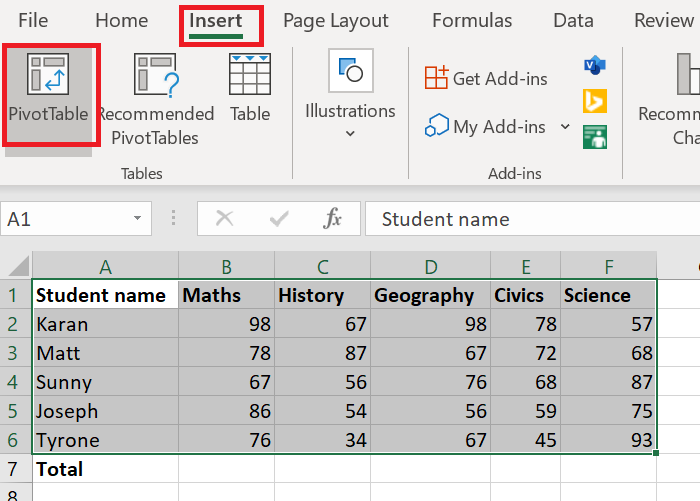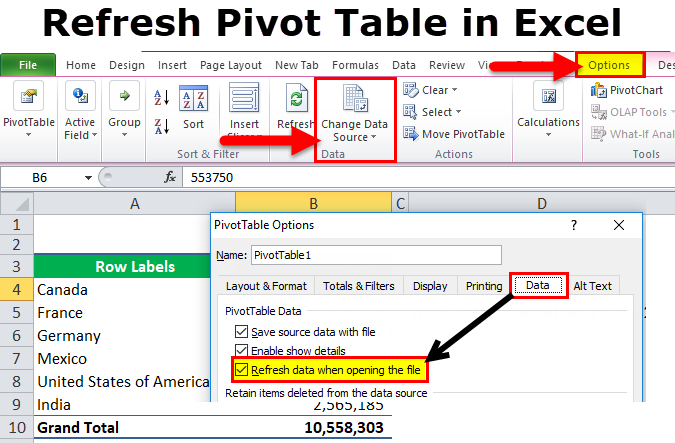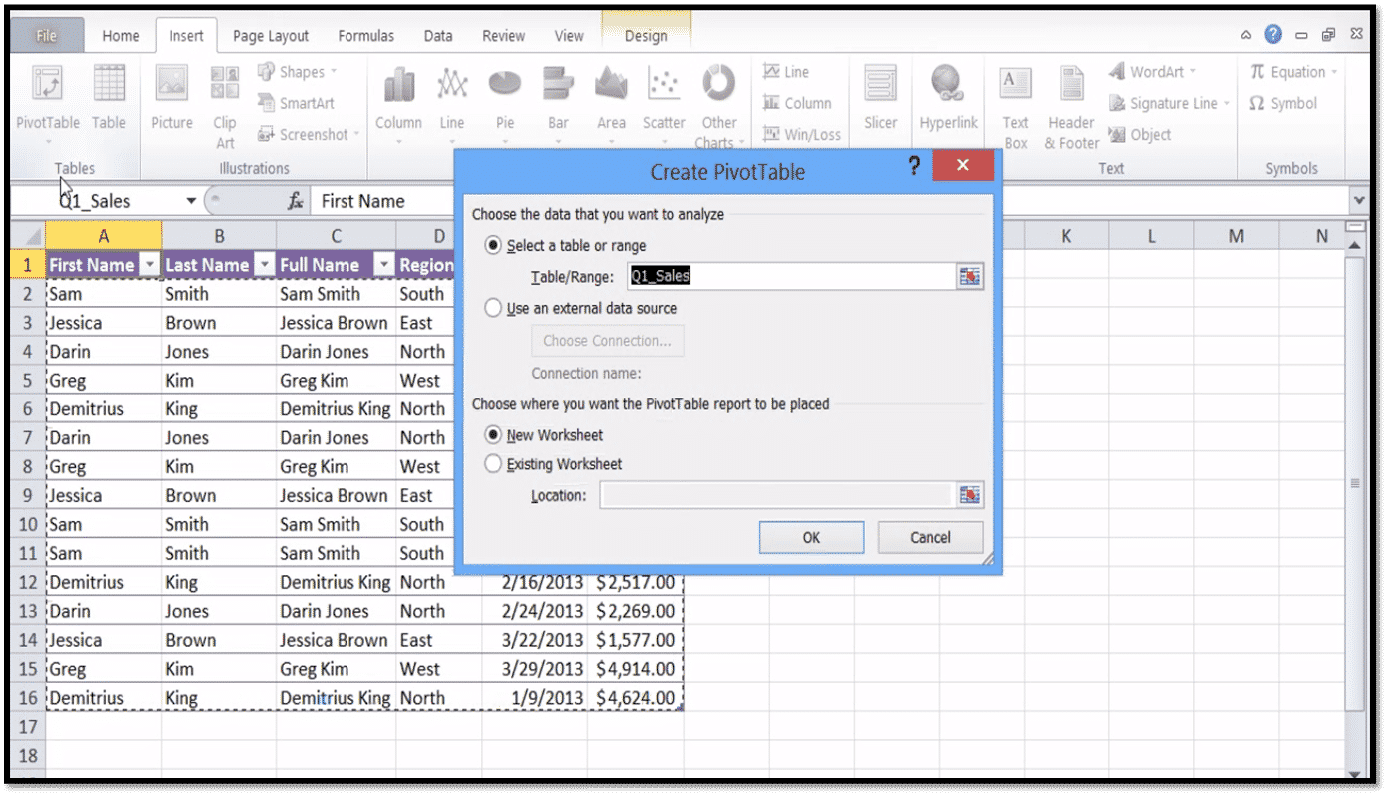

This tutorial uses QlikView data that can be found on Sample files.
Add a QlikView straight table as a level object to an Excel report. You should only use this method if you have a version of Excel (2003 and earlier) that does not support adding table columns. You can use levels to make pivot tables, but this will slow down report generation time. Click Save and Close to save the template, and close the Template Editor. You will have a report with a pivot table. Set Number of items to retain per field to None. Click the Refresh data when opening the file check box. On the left, click the Options drop down menu. Under the PivotTable Tools - Analyze tab. If you do not perform these steps, you will see an empty pivot table in the generated report. Format them as currency.Įnsuring data is refreshed when report is opened Select the cells in the table that contain Sales values. On the Summarize Values By tab, select Sum. Drag the Salesman and the Country fields into the Row Labels box.ĭrag the Sales field into the Values box.Ĭlick Count of Total sales to open the drop down menu. Drag the Year field into the Columns box. You can also add the pivot table to the same worksheet and hide the column with the data. In the Create PivotTable window, click OK.Ī pivot table is created in a new worksheet. In the Tools group, click Summarize with PivotTable. On the Excel ribbon, under Table Tools, click the Design tab. Highlight the heading and table field cells. This will remove the empty row from the final report. Drag a deleterow tag onto a cell in the empty row below the table. Make sure the My table headers box is selected. On the Excel ribbon, click the Insert tab. Highlight the column headings, table tags, and one empty row below. In this example, select all four table fields. Hold Shift or CTRL and select the columns you want to add. This expands the table node, and displays all table columns. In the Properties pane, clear Keep Source Formats.Ĭlick the + next to Straight Country - Salesman - Year. In the Tables node, select Straight Country - Salesman - Year. For example: Straight Country - Salesman - Year. Select the Connection that contains the straight table. Right-click the Tables node, and select Add objects. Click Edit template to open the Template Editor.Īdding a chart object as a table column by column. Select an app from the App drop-down list. Select Excel from the Type drop-down list. Select Reports in the Qlik NPrinting main menu, and then click Create report. You can also use your own Qlik Sense or QlikView data. Add a QlikView straight table as a table object to an Excel report. A Qlik Sense or QlikView straight table. To create a pivot table in the Qlik NPrinting Designer, you need: It is easier than using levels, and does not slow down report generation. 
We recommend using Excel table columns to create pivot tables in Excel reports.

Clone your pivot table and convert the clone to a straight table.Ĭreating a pivot table using Excel table columns.

Convert the original pivot table to a straight table.If you have a pivot table that you want to reproduce in an Excel report, you can do one of two things: Neither can be converted into an Excel pivot table in your reports. QlikView pivot tables can be added as images and straight tables. Qlik Sense pivot tables can only be added as images in Qlik NPrinting. You can create Excel pivot tables using Excel table columns or levels. Creating a pivot table using Excel table columns.








 0 kommentar(er)
0 kommentar(er)
